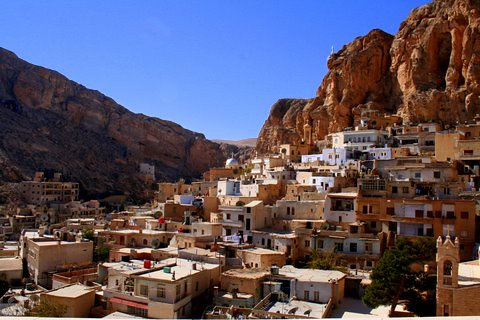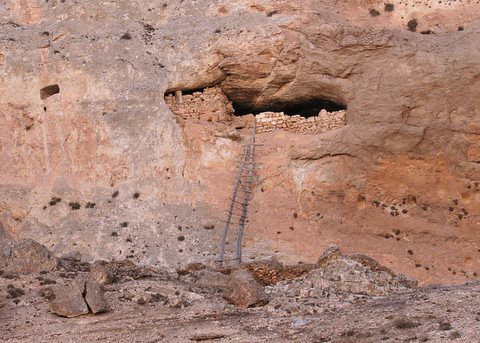Kidnapping at Gilf Kebir
I have been watching the news, night after night, almost from the edge of my chair. Late last year I had the great good fortune and privilege to do a trip to Gilf Kebir. Then a week or so ago confusing news started to filter through. There were sixteen tourists kidnapped at Aswan. They were about to go into the desert. Then it was at a nearby oasis. Then the news said they had left Dahkla Oasis and gone into a distant area and Bob leant over my shoulder when I found that one on the internet and said "It sounds like Gilf Kebir."
He was right. I agonised in case the drivers and guides and guard were people I knew. I agonised because I could visualise the locations and the raw haunting beauty of Kharkur Tul and felt that it was like a murder in a cathedral - a violation of something special. I worried about the lack of information and the sheer impossibility of contact within any reasonable amount of time. I was so afraid that the captors might start shooting and would see the Egyptians as expendable. I worried that the only news anyone had for a long time was via one satellite phone - and what if that stopped working. When would they run out of food and water - especially water.
I am really at a loss to say why I felt this so personally.
I am now worrying that the Egyptians will simply ban trips to the region and I want Bob to get there - we had been planning to do this in 2010.
But the end is good. Like the beginning it is all mixed up and confused. Were there 35 kidnappers? Did most of them end up dead? Was there the first skirmish with the Sudanese army and was that actually the only one? Had the hostages already effectively been dumped when they were found and rescued?
I guess those things do not matter. I have stunning and amazing memories of sweeping sand dunes, high cliffs of sandstone and great granite tors, full sized acacias shaped like bonsai, areas of sand so red that it almost shimmered with intensity, scatters of stone tools and amazing cave art. Forget the Cave of the Swimmers - that is almost entirely a fiction from The English Patient and the small rock shelter of that name is nothing like the huge crevice that was shown in the movie. However, there were shelters and caves there with art so immaculate, fresh and beautiful that I will carry it for the rest of my life.
I will do more about the textile tour. In a few days.
Maybe.
He was right. I agonised in case the drivers and guides and guard were people I knew. I agonised because I could visualise the locations and the raw haunting beauty of Kharkur Tul and felt that it was like a murder in a cathedral - a violation of something special. I worried about the lack of information and the sheer impossibility of contact within any reasonable amount of time. I was so afraid that the captors might start shooting and would see the Egyptians as expendable. I worried that the only news anyone had for a long time was via one satellite phone - and what if that stopped working. When would they run out of food and water - especially water.
I am really at a loss to say why I felt this so personally.
I am now worrying that the Egyptians will simply ban trips to the region and I want Bob to get there - we had been planning to do this in 2010.
But the end is good. Like the beginning it is all mixed up and confused. Were there 35 kidnappers? Did most of them end up dead? Was there the first skirmish with the Sudanese army and was that actually the only one? Had the hostages already effectively been dumped when they were found and rescued?
I guess those things do not matter. I have stunning and amazing memories of sweeping sand dunes, high cliffs of sandstone and great granite tors, full sized acacias shaped like bonsai, areas of sand so red that it almost shimmered with intensity, scatters of stone tools and amazing cave art. Forget the Cave of the Swimmers - that is almost entirely a fiction from The English Patient and the small rock shelter of that name is nothing like the huge crevice that was shown in the movie. However, there were shelters and caves there with art so immaculate, fresh and beautiful that I will carry it for the rest of my life.
I will do more about the textile tour. In a few days.
Maybe.






























































